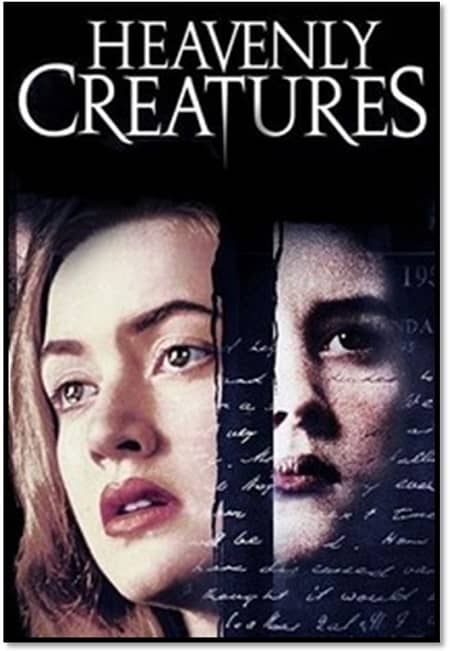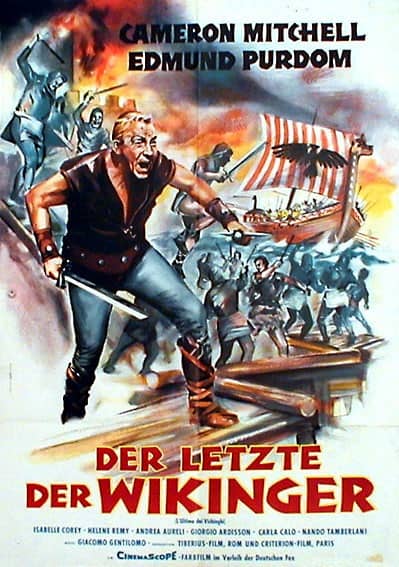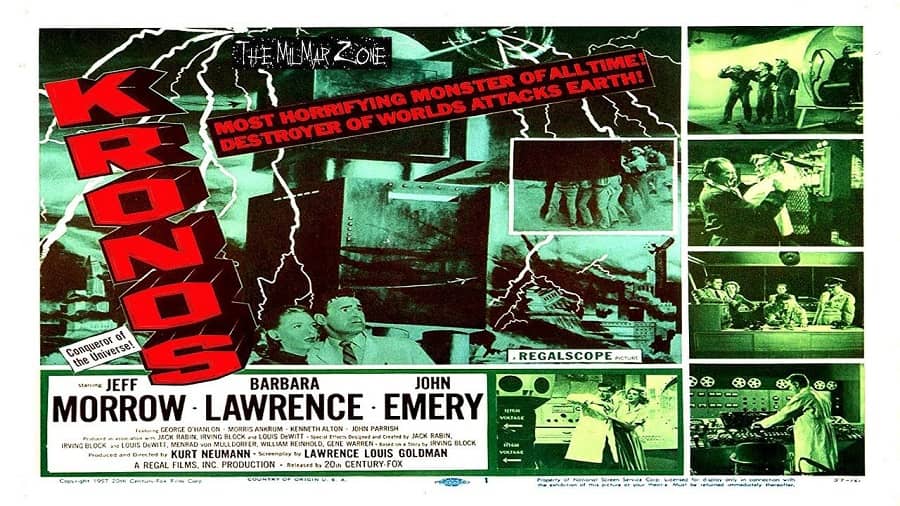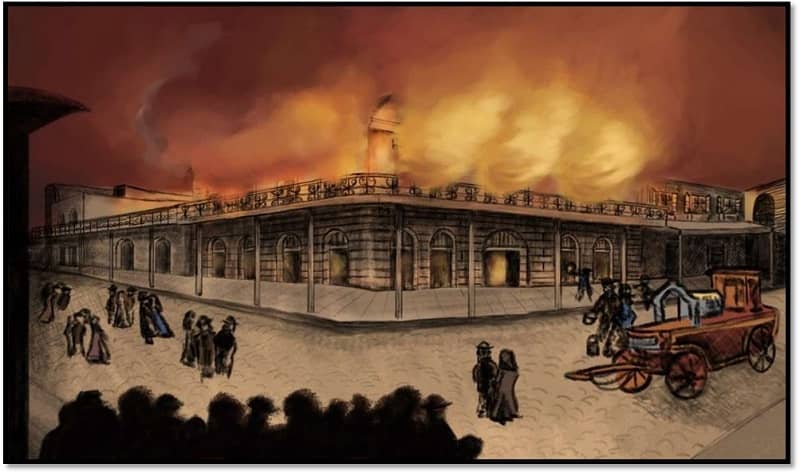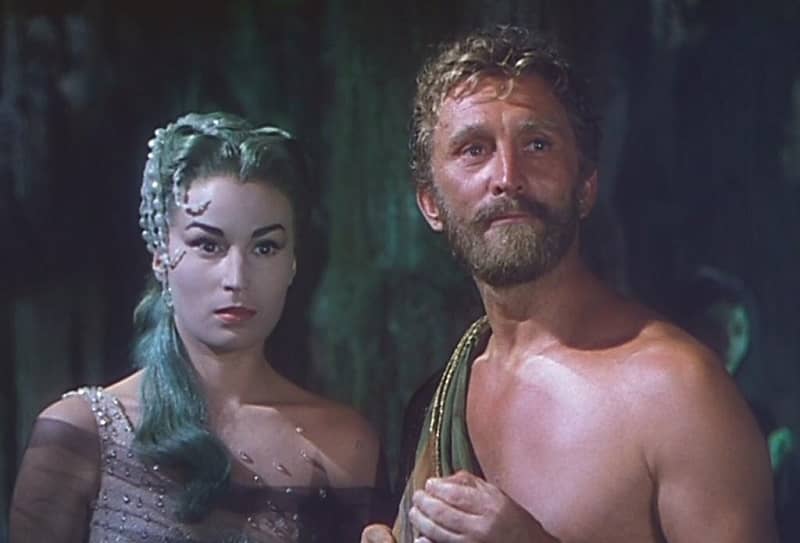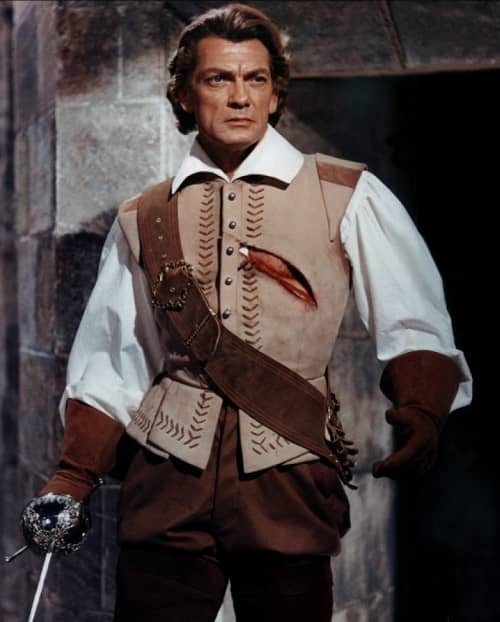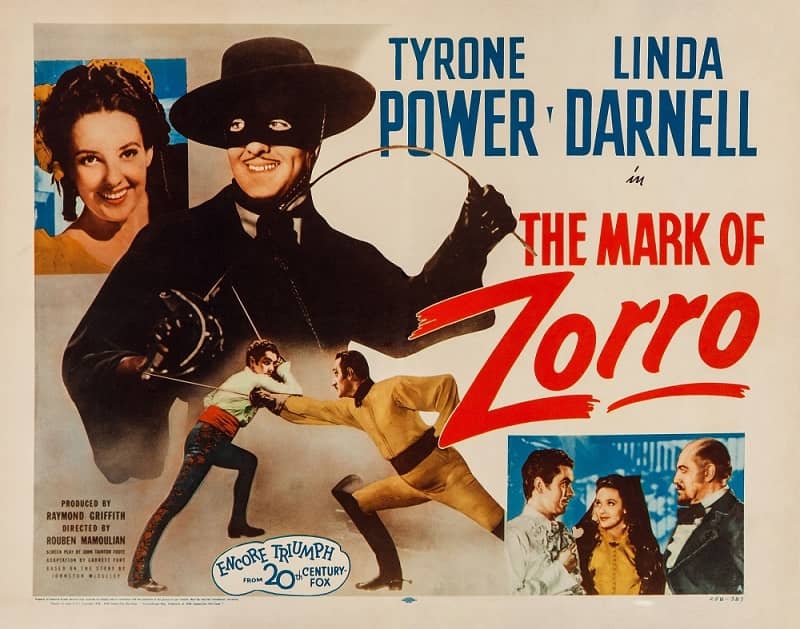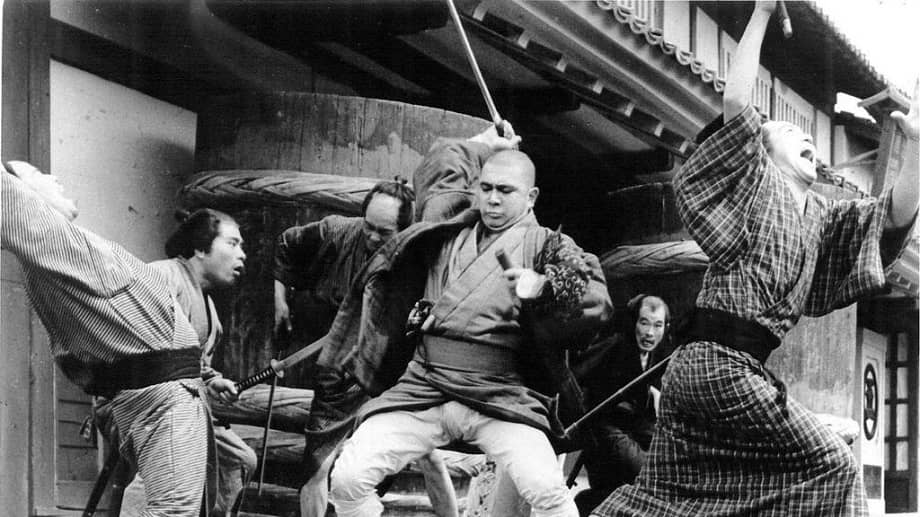Goth Chick News: The Horror of Peter Jackson’s Heavenly Creatures
In 1991, Peter Jackson was a wee New Zealand lad of thirty-three who was embarking on what would become a very lucrative film career. He was still seven years away from becoming a near household name with the release of Lord or the Rings: The Fellowship of the Ring, and was on the hunt for film project that would get him recognized.
Having grown up in country with roughly the same population as the state of Alabama, he was well aware of the nation’s most infamous murder. Earlier that year fellow New Zealander Fran Walsh, with whom Jackson had worked on Meet the Freebles, suggested they tackle the tale in the form of a movie drama. The Parker-Hulme murder took place in Christchurch, New Zealand, on 22 June 1954, when Honorah Parker was killed by her teenage daughter, Pauline Parker, and Pauline’s close friend, Juliet Hulme. Parker was 16 at the time, while Hulme was 15. On that June afternoon, Honorah took Pauline and Juliet for tea and then for a walk in Victoria Park. In a wooded area about 400ft from the tea shop, Pauline and Juliet bludgeoned Pauline’s mother to death with half of a brick enclosed in an old stocking.
The murder itself was shocking enough, but as Jackson began his research into the circumstances surrounding it, what emerged read like Hollywood fiction. It was a tale of fantasy, forbidden sexuality and obsessive love which ended in violence and death, all involving two teenaged girls. Over the next year, Jackson dug deep into the story of Pauline and Juliet. In addition to reading Pauline’s diary, Jackson undertook a nationwide search for anyone who had known the girls and interviewed them to get a closer look at their lives.
